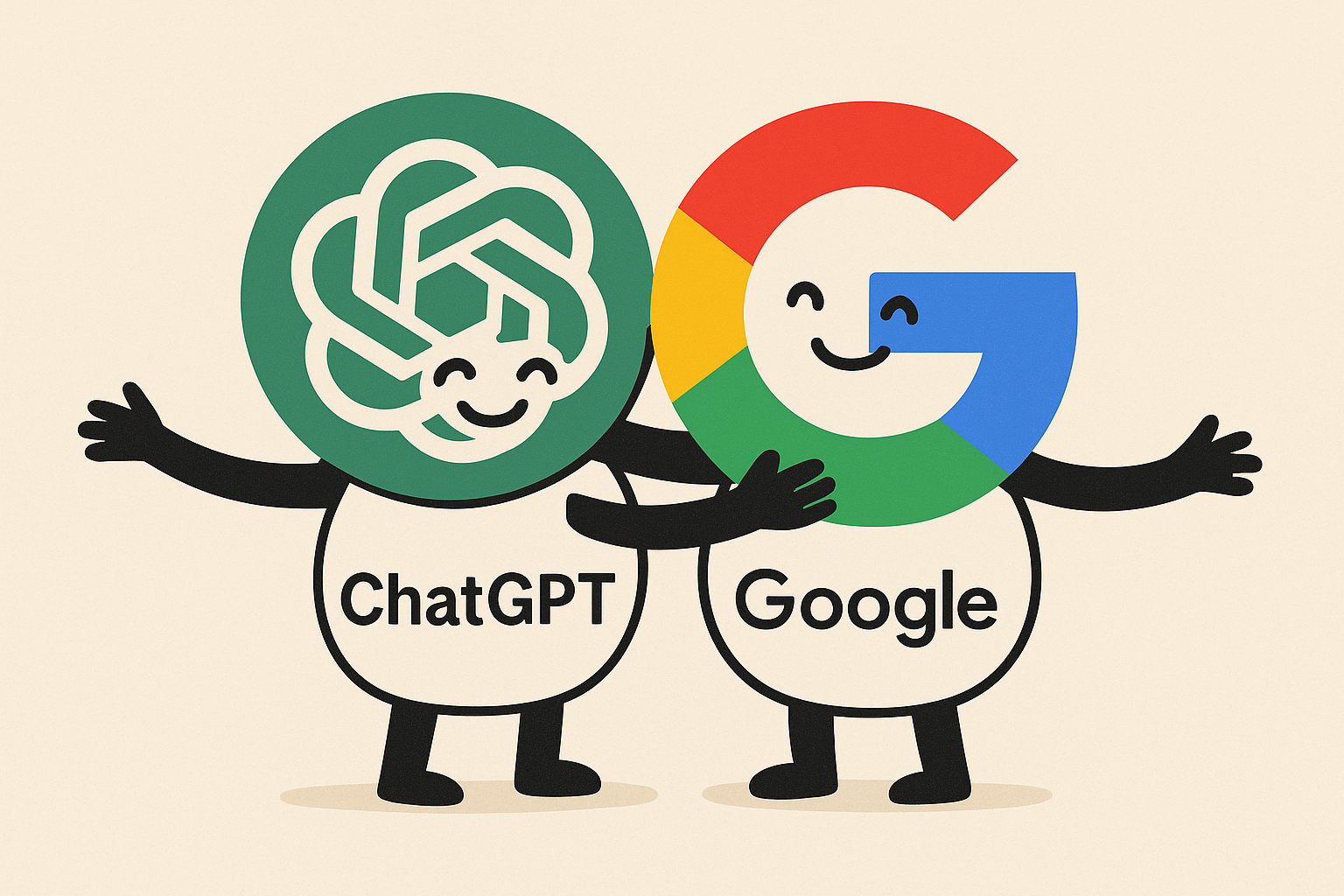Ever since ChatGPT and its cousins burst onto the scene, every SEO guru and their dog has been pushing shiny new “AI SEO” tactics. Now, with the launch of GPT-5, expect that noise to be back in your face constantly.
GPT-5 is OpenAI’s most advanced model yet, with sharper performance across text, code, and visuals, adaptive reasoning that knows when to think deeper, and broader integration with live search. It does seem impressive.
We’re told that ChatGPT, Perplexity, Claude, Google’s SGE, and Bing’s Copilot are the next great gold rush for visibility. Irish marketers are no more immune to this hype than anyone else; you hear it in boardrooms, coworking kitchens, and over hurried lunchtime coffees.
So with this new launch, the question needs to be raised again: whether these “rank in AI” strategies are genuine game-changers or just old SEO wine in a new bottle.
Either way, GPT-5 makes it clear that it’s time to take a fresh look at what it really takes to stay visible. Let’s dig in (with my usual healthy dose of scepticism!) and see what actually works, who’s winning the AI citation lottery (especially in Ireland), and whether great content still holds the crown in this search-meets-AI era.
The New “AI SEO” Playbook Everyone’s Pushing
Spend five minutes on marketing LinkedIn and you’ll get a flood of advice on how to “rank” in AI-driven search results. Most of it is familiar.
The first tip is basically “keep doing traditional SEO, but do it properly.” This is not far from the truth. Crawlable architecture, quick load times, unique and authoritative content… none of it has gone out of style. GPT-5 hasn’t changed that.
In fact, the latest model is more capable of pulling in results from trusted, high-ranking sources. The better you perform in traditional search, the more visible you become inside AI-generated answers. Don’t let anyone tell you otherwise.
Buddy Up to Search, Now Including Google
For a long time, ChatGPT’s search-powered answers leaned heavily on Bing’s index thanks to the Microsoft partnership. That is still true to a point, but GPT-5 has widened its scope and now draws far more from Google’s results than before.
The impact is already noticeable: citations increasingly reflect the sites that hold top positions in Google’s organic listings. That means optimising for Bing alone is no longer enough. You need to protect and grow your visibility across both major engines if you want your brand to appear in GPT-5’s sourced answers. The advice now is simple: treat Bing as relevant, treat Google as essential.

Get Others to Sing Your Praises
When people ask AI assistants for recommendations like best sushi in Dublin, top project management tools, or where to get married in Clare… the answers often cite third-party lists and review sites rather than the businesses themselves. That means you need to be on those lists.
This is PR and outreach territory: pitch journalists, secure spots in “Top 10” features, and encourage happy customers to leave reviews on high-authority platforms. AI assistants are not stumbling upon you by accident; they are lifting your name from content published by sources they already trust.
Structure Your Content for Skimmers and Bots
The AI needs content it can parse easily. Logical sections, clear headings, and concise explanations make it easier for models to extract relevant snippets. Well-structured FAQs and how-to content still mirror the old “featured snippet” game, increasing your chances of being pulled into a generated answer.
Experience, Expertise, Authoritativeness, Trustworthiness. These matter more than ever. Author bios with real credentials, credible case studies, firsthand accounts, respected external citations, and high-quality inbound links all help your site appear as a credible source.
Multimedia Bonus Points
Original images, charts, and videos can still help, especially if they are properly named and tagged. They may not always get pulled directly, but they improve user experience and can contribute to authority.
Perplexity and Google’s SGE lean towards fresh content. Keep statistics current, refresh your key articles, and write in a tone that anticipates follow-up questions. Well-crafted Q&A sections are a natural fit for the way people use AI assistants – just make sure they serve your human audience first.
Who Actually Gets Cited by AI?
The list remains familiar. GPT-5, Perplexity, SGE – they all favour established, high-authority domains. In Ireland, that means the CSO, RTE, the Irish Times, Citizens Information, and the major tourism sites for things like travel queries. Internationally, it’s Wikipedia, government resources, and big-name media. The long tail exists, but you don’t get in without exceptional, credible content.
Over time, it’s only going to get better at surfacing the answers people engage with the most.
The Not-So Secret Sauce
Despite the acronyms and the hype, the best way to be cited in AI answers is the same as it ever was. Be the most useful, authoritative, and relevant result. Earn backlinks. Publish original data or local expertise. Keep your content well-structured, updated, and genuinely helpful.
In other words: be the best answer.
If you want a fresh pair of eyes on your website, SEO or content strategy with AI in mind, give us a shout.


